Photo Credit: Bess-Hamiti
A little over a year ago, I incorporated See Saw Projects, LLC, an applied theatre company in Raleigh/Durham North Carolina. And on both this one year anniversary of having my own little company, and *near* Labor Day (this post is procrastinated), it seemed appropriate to reflect and share the ups and downs of starting this project.
Creating a theatre company had been a daydream, a goal, and at times felt like a fantasy of mine for years. Even before I came to practice applied theatre (for a definition of what that is, check out the See Saw homepage), I felt the allure of a company: an ensemble that I would have artistic agency over- a place in which I would not have to worry about whether I was being measured by my talent or my looks for a role.
And then after I got my master’s in applied theatre, that fantasy took a different shape, one in which I was not at the center, per se, but instead had gathered and ensemble to create devised work based on community stories. We would work with the homeless community like Ten Thousand Things, and would have a youth theatre molded after the CAT Youth Theatre in NYC. We could create a summer show involving experienced actors and the community like Public Works or Cornerstone, and make interactive work about poverty like Sojourn Theatre. We would change lives and create meaningful work and feel alive ourselves. And of course we’d be a non profit, b/c duh, isn’t every cool theatre company a non profit? ALL THE THINGS WOULD HAPPEN ALL AT ONCE, right?
Community ensemble members in "The Tempest" as part of Public Works in 2013, directed by Lear deBessonet (photo by Joan Marcus)
Here’s what really happened in a year:
I learned quickly that starting a non profit takes time, people, and money--more than I had in any category. You need a board, a plan, and lots of paperwork. It was easier to incorporate as an LLC, and I learned that organizations like Fractured Atlas could fiscally sponsor us. This was all good. Becoming a non profit isn’t out of the question, but in my book, it will require years of cultivation of community and of this organization before the foundation is in place.
Our first project was at Durham Academy and it was awesome, and I have my company partner and teacher at DA to thank: Ellen Brown. We worked with nine groups of middle schoolers. Ellen and I developed session plans that would use improv and theatre conventions to encourage them to process and think deeply about service projects they started in the community. As sole proprietor of a new LLC, I hired 8 awesome teaching artists, including one of our former CUNY MAAT classmates who flew down from Philly to be a part of See Saw’s inaugural project (thanks, Olivia!). We trained them on the workshops all morning and carried our sessions out in the afternoon. Here are some photos from the day.
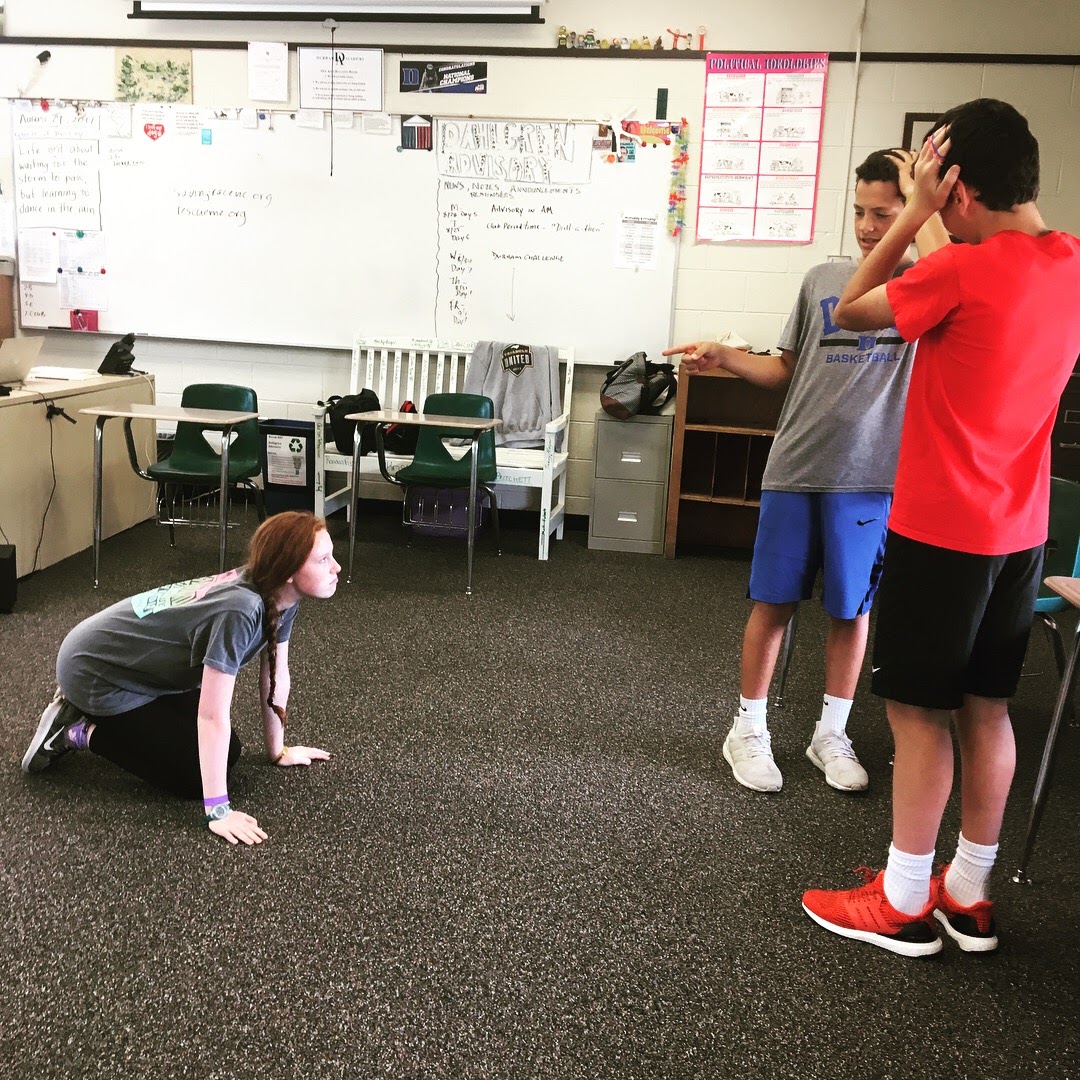
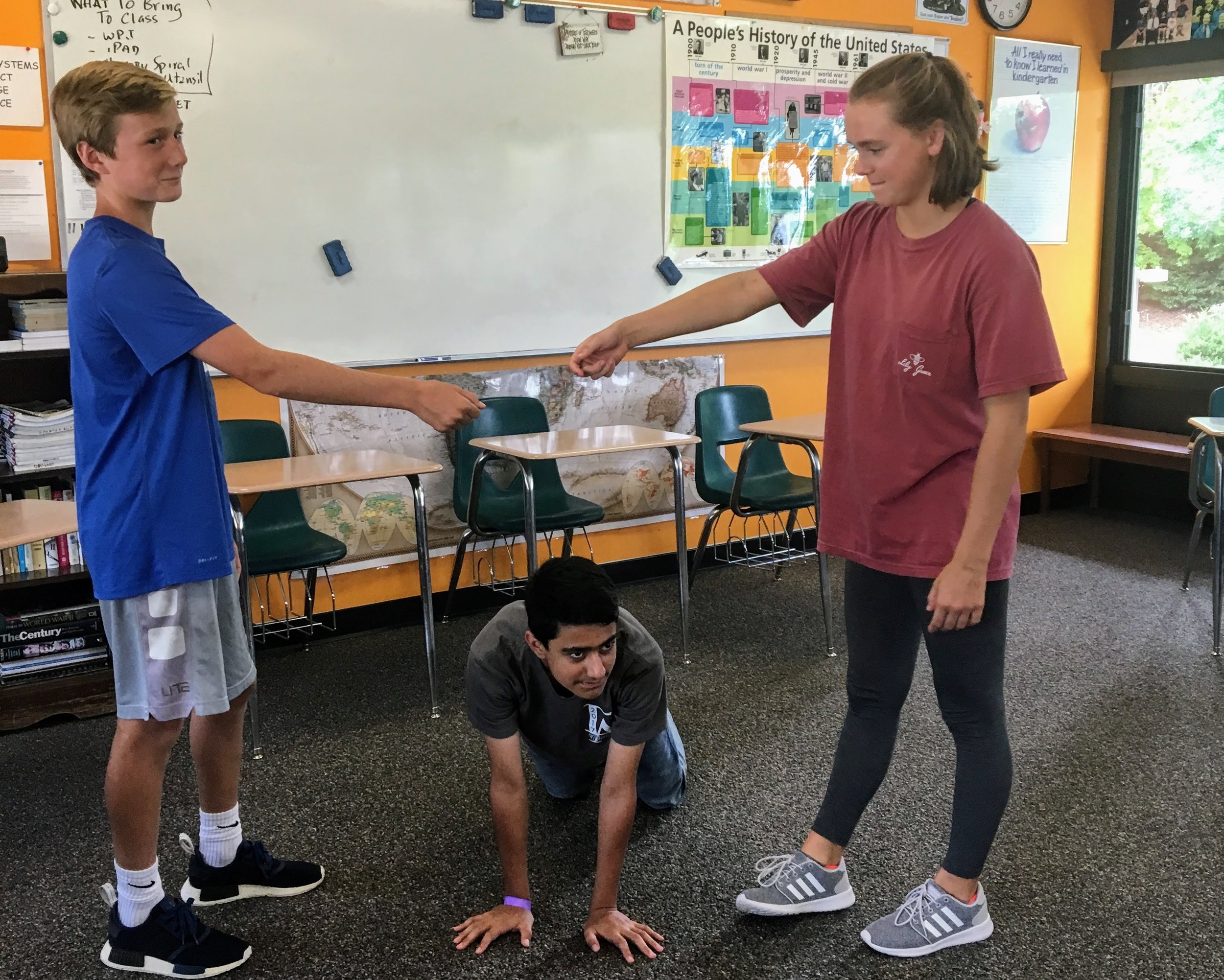
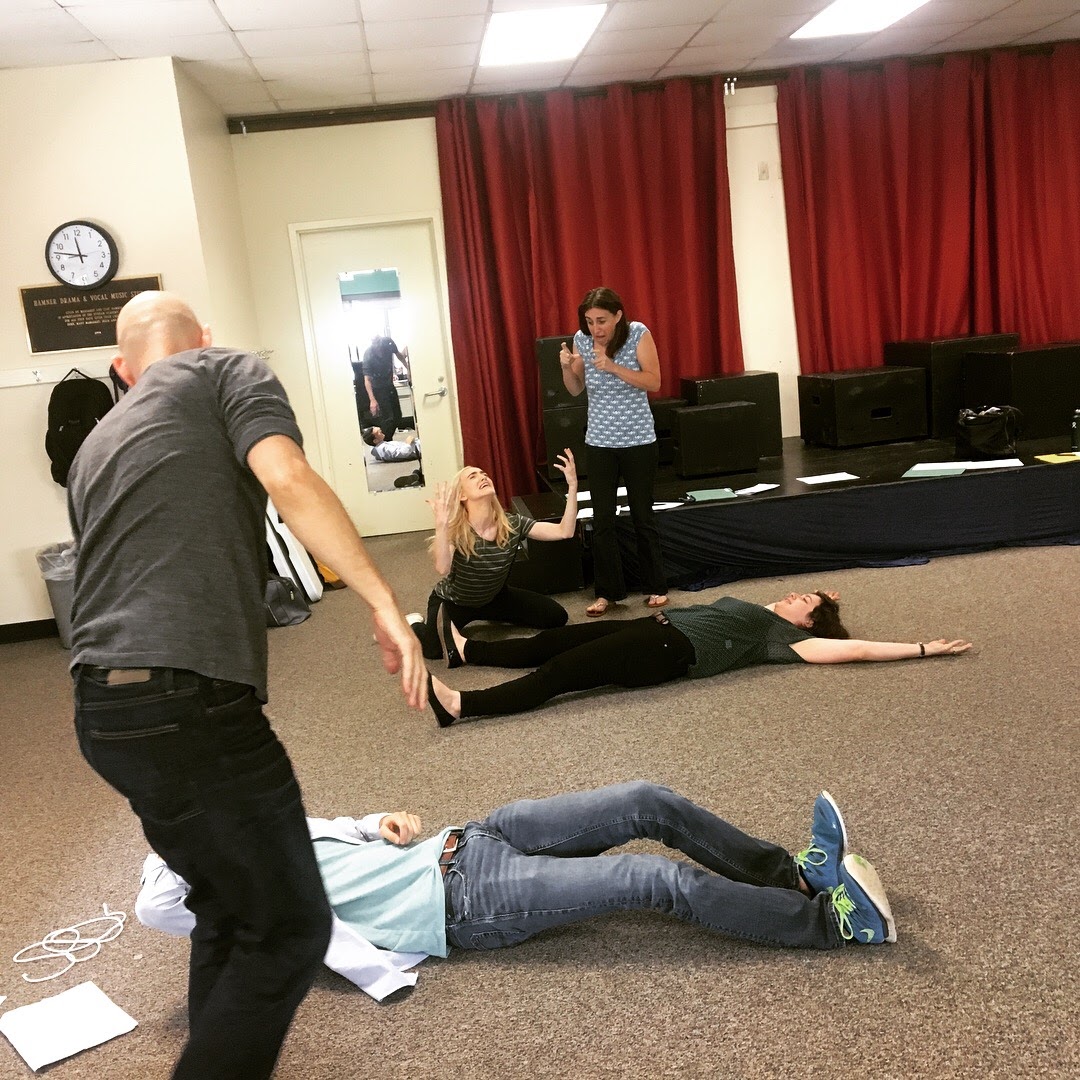
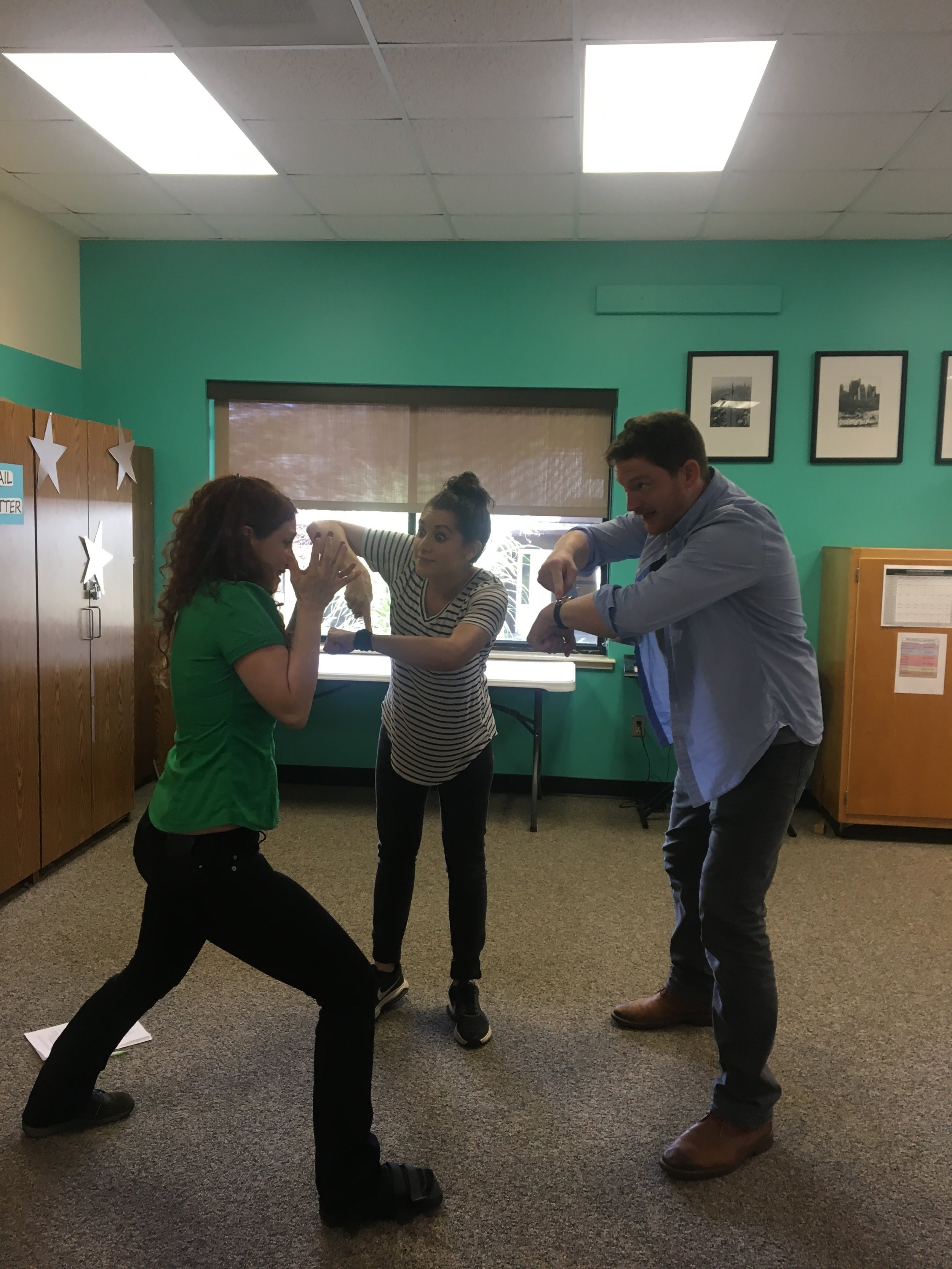
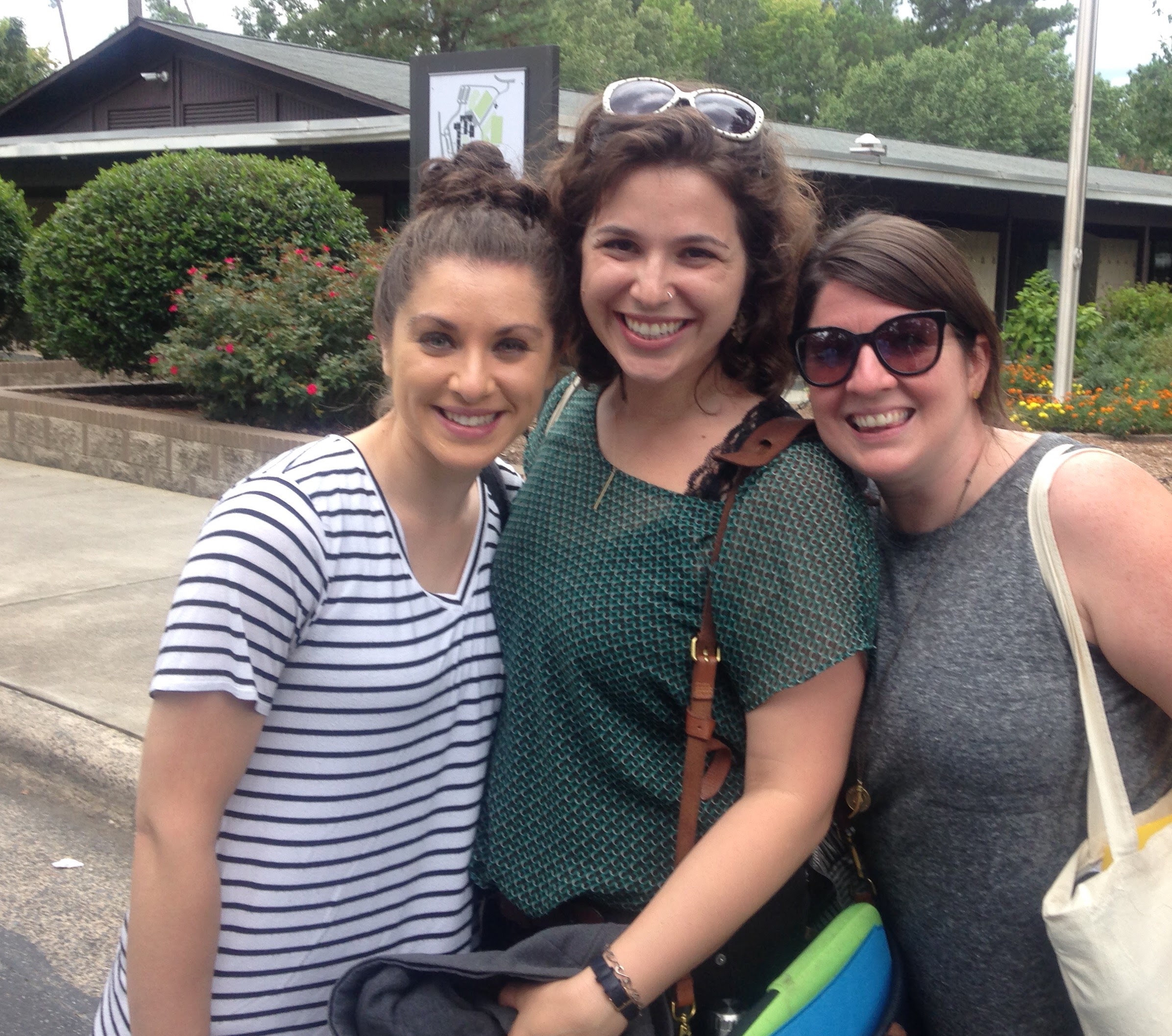
We reflected on the work we had done, and asked “what’s next?” Ellen had just given birth to her first child, so needless to say she had some important matters to attend to. I sank back into the folds of working a full-time job in the arts and kept thinking there would be plenty of time to plan a new, kick ass project in the spring.
In November, I had the fantastic opportunity to be interviewed by Tamara Kissane in her podcast, The Artist Soapbox which you can listen to HERE. The interview allowed me to articulate the projects that we were available for, including interactive and immersive plays in schools and playback theatre with senior citizens. Hearing the podcast played back was incredibly validating.
Then in December, my husband was diagnosed with cancer. This news hit like a slap in the face, one that that I am still feeling dizzy from. We were just over a year into our marriage. His prognosis was/is excellent, but our lives changed and took on a new rhythm. See Saw Projects went into hibernation after 1 project and 1 podcast. But the website quietly lived on, I paid for the domains and kept my business cards in my wallet in case I’d run into any potential collaborators. My husband finished chemo in the spring and things started to balance out again.
I sketched out potential gig ideas, and then landed on a newspaper theatre project I might be able to facilitate at SparkCON. I love newspaper theatre so much, guys. Do you know about it? I have been feeling a desire for theatre makers in our community to respond to the current political climate in a very immediate low pressure way and this seemed like a perfect form to do that.
A month ago, I stood on the stage at Kings and declared in my 7 Stories piece that I was BACK- I was coming alive again and See Saw was going to perform newspaper theatre at SparkCON. But that was before I started asking folks from the community if they wanted to be involved in my project and learned that people were already booked, too busy, or just not interested. Someone asked me who my community of interest was, and that’s when I realized that... I didn’t really have one. Yet.
Me telling a version of this blog-story at Kings for Seven Stories: Wonder Women
Now I'm returning to square one in some ways: what would it look like to DO applied theatre in the Triangle? Applied theatre projects can take so many shapes (interactive theatre in schools, with recovery groups, newspaper theatre, site specific shows, youth theatre etc), that for me, the options overwhelm the next steps.
My instinct and training tell me that it’s time to step back with intention. I’m stepping back from the place where I want to dive into a project, and instead, surveying the community, my community to see who the hell is out there and what do they want to do? I want to create a strategic plan based on community needs and move from there. And I’d love to hear from anyone out there who’s reading this and has advice to give. What are your communities of intention? How did you cultivate them? If you have a theatre or arts company, what are some best practices that helped move you to a place of excitement and productivity?
If this year has taught me anything, it's that balancing personal, professional and artistic life is no joke. It requires work- like a lot of work, and sometimes when you're caring for a sick partner and working full time, that work just is not going to get done and that's OK. Take it one step at a time, one day at a time, and maybe one year at a time if you're doing a strategic plan.
Feel free to write me at amy@seesawprojects.org with any ideas or advice you may have, or leave a comment. In the meanwhile, I’m slowing wading into some strategic planning and community surveying. And for those of you who are interested, I’ll keep you posted.
asw


